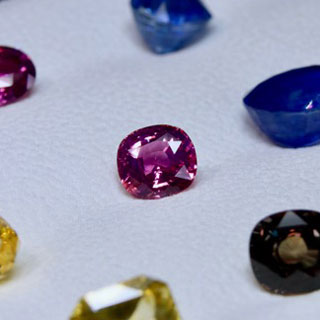Knowledge
31.10.2022 Gemstones as medium-term investments
Anyone who is interested in gemstones as an investment also considers at the same time how long they should keep them (before a possible resale) and how they can be compared to other investments. Gemstones are primarily recommended as an alternative to common medium-term investments – we will let you know why.

What are medium-term investments?
Medium-term investments cover a time horizon of three to ten years. They are often linked to a clear savings goal such as a long-distance trip, a new car, real estate financing or a wedding. But even without a clear savings goal, medium-term investments can be worthwhile, because the duration of an investment and the selection of the right investment ultimately depend on how long you can do without your money, what losses you would accept and how much money you would like to have at your disposal in the end.
Unlike medium-term investments, short-term ones are only held for one to three years and serve as a short-term return lever. Long-term investments are the most important basis for building wealth over a long period of time, to provide for old age, and also to generate passive income.
Gemstones are not speculative assets. The investment period starts at 5 years.

What are the best medium-term investments?
Classic forms of medium-term investments are shares and funds, but investors must be aware that they cannot wait until after possible loss phases if an end date is set from the outset. Stocks in particular are therefore better suited to long-term investments, while funds and ETFs (exchange-traded funds) are more interesting in the medium term due to the diversification of risks. In contrast, bank savings plans, call money and fixed-term deposit accounts are considered safer medium-term investments (also due to deposit protection for savers), but they offer very low returns. With all these forms of investment, the real costs to be borne by the saver or investor must be taken into account – what management fees, custody fees, trading fees, etc. are added to the actual prices?
Alternative investments have increased in popularity in recent years, as classic forms of investment are losing real value in times of low interest rates and high inflation. These investments include bitcoins and NFTs on the one hand, and real investments such as crowdfunding for real estate projects, watches, vintage cars, wines, whiskeys and even jewelry and gemstones on the other. With these, as with all forms of investment, the following applies: A broad diversification of investments helps to cushion risks and to take advantage of different opportunities.

Gemstones as a long-term or medium-term investment?
Colored gemstones are suitable for an investment horizon of five or more years. We recommend an investment in gemstones generally as a long-term investment, but individual stones have the potential to perform well in the medium term. Diamonds, on the other hand, are only interesting as a long-term investment, as trading prices are subject to greater fluctuations and the value increases more slowly.

The advantages of gemstones as medium-term investments

Gemstones are particularly interesting for diversifying a portfolio and for securing value through (real) goods. If one already owns several other valuable assets, it is worth considering gemstones as an investment – they offer a very high concentration of value with a small size and are also easily transportable.
Since the amount of discovered gemstones has been decreasing in recent years, but the interest of investors is increasing, it is worthwhile to invest in colored gemstones. These have recently seen increases in value in the range of 4 to 8% per year.



